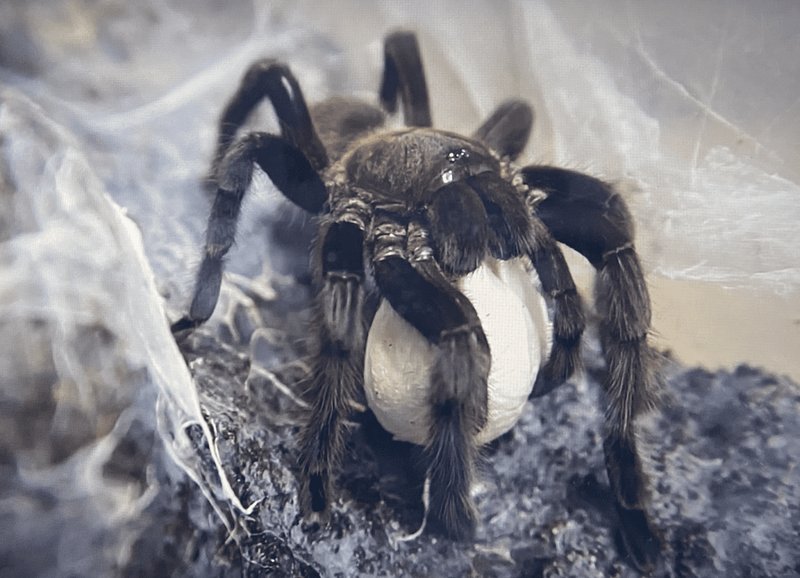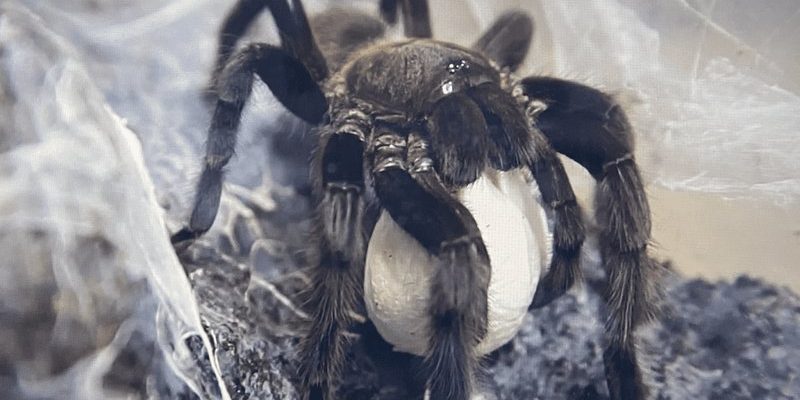
Think of your Curly Hair Tarantula as a unique pet that you can watch grow over the years. Unlike a goldfish that might only be around for a few years, tarantulas can stick around for quite a while if cared for properly. However, their lifespan can vary significantly based on factors like habitat, diet, and health. By understanding how long these fascinating creatures live and what contributes to their longevity, you’ll be better equipped to provide the best environment for them.
Let’s explore the lifespan of Curly Hair Tarantulas, what influences their growth, and how you can play a role in their life journey.
Understanding the Lifespan of Curly Hair Tarantulas
Curly Hair Tarantulas typically have a lifespan of around 10 to 15 years in captivity, though some have been known to live even longer. In the wild, their lifespan can be shorter due to predation, environmental factors, and other hazards. It’s amazing to think that, with proper care, your tarantula could be part of your life for over a decade!
Their lifespan can vary based on several factors. For instance, females generally live longer than males. Female Curly Hairs can thrive more than 20 years in some cases! In contrast, male tarantulas usually live for three to six years. This difference might seem unfair, but it’s just how nature designed them. Females focus on growing big and healthy, while males often have the shorter goal of finding a mate.
If you’re a beginner, it’s important to remember that proper care can significantly affect how long your tarantula lives. Factors such as temperature, humidity, and diet all play a part in their overall health and lifespan.
The Growth Stages of Curly Hair Tarantulas
Curly Hair Tarantulas go through several growth stages during their lives, and understanding these stages can help you care for them effectively. They start as baby spiderlings, grow into juveniles, and then reach adulthood. Each stage comes with its own unique characteristics and needs.
1. Spiderlings: When you first bring home a Curly Hair Tarantula, it’s likely to be a small spiderling. They are incredibly tiny and often only a few inches long. During this stage, their primary task is growth. They will need to be fed small insects like pinhead crickets.
2. Juveniles: After about a year, they’ll grow into juveniles, which are a little larger and more robust. This is a critical stage of development because their feeding habits and habitat needs will start to change. They’ll require slightly larger prey and more space.
3. Adults: Once they reach adulthood, usually around 3-5 years old for females, they will have a more stable diet and habitat needs. Adult females can grow to about 5-6 inches in leg span, while males generally remain a bit smaller. At this point, their primary focus is reproduction.
It’s fascinating to track these growth stages. Just like watching a child grow, caring for a tarantula through its life stages can be a rewarding experience.
Factors Affecting Lifespan
Several key factors can influence how long your Curly Hair Tarantula lives. Here are a few of the most significant ones:
– Diet: A balanced diet rich in nutrients is essential. Tarantulas thrive on a diet consisting of crickets, roaches, and other insects. Ensuring they have enough food not only helps them grow but also keeps them healthy.
– Habitat: The right environment is crucial. Curly Hair Tarantulas prefer warm temperatures (around 75-85°F) and moderate humidity. Keeping their habitat clean and comfortable can help avoid diseases that affect their lifespan.
– Handling: While Curly Hair Tarantulas are known for their calm demeanor, excessive handling can be stressful for them and may shorten their lives. It’s best to admire them from a distance and handle them only when necessary.
– Health Monitoring: Regularly check for signs of health issues, such as lethargy or refusal to eat. Catching potential problems early can make a significant difference in their lifespan.
By paying attention to these factors, you’ll be setting your Curly Hair Tarantula up for a long, healthy life.
Creating the Ideal Habitat
To help your Curly Hair Tarantula thrive, you’ll need to create an environment that mirrors its natural habitat as closely as possible. Here’s what you need to consider:
– Enclosure Size: A well-sized enclosure allows them to move around freely. For a juvenile, a 5-10 gallon tank is suitable, while adults may require a 20-gallon tank.
– Substrate: Use a substrate that retains moisture but won’t mold. Coconut fiber or peat moss works well. Aim for a depth of about 3-4 inches, where they can burrow if they choose.
– Hiding Spots: Tarantulas appreciate places to hide. Adding caves, logs, or plants can provide security, which helps reduce stress.
– Temperature and Humidity Control: Use a thermometer and hygrometer to monitor these factors. Ideally, keep the temperature between 75-85°F and humidity around 60-70%. A simple water dish and occasional misting can help maintain these levels.
By tailoring their habitat with these elements, you’ll contribute to their overall well-being and potentially extend their lifespan.
Signs of Aging in Curly Hair Tarantulas
As your Curly Hair Tarantula ages, you may notice some signs indicating that it is entering the later stages of life. Here are a few things to look out for:
– Decreased Activity: As they age, tarantulas can become less active. While younger spiders might scuttle about enthusiastically, older ones may prefer staying in one spot or moving slowly.
– Changes in Appetite: A noticeable change in feeding habits can signal aging. An older tarantula may not eat as much or can become picky about food.
– Molting Frequency: Younger tarantulas molt more frequently as they grow. Adults molt less often, and the time between molts will increase as they age.
– Color Changes: As they mature, their coloration might change slightly. An older Curly Hair Tarantula’s colors may appear duller, indicating that it’s reached its golden years.
Being aware of these signs can help you provide the best care for your aging spider and help you recognize when it might be time to say goodbye.
Understanding the lifespan and growth stages of a Curly Hair Tarantula is not only fascinating, but it’s also crucial for caring for one of these unique pets. With proper habitat, diet, and attention to their health, you could enjoy the companionship of your Curly Hair Tarantula for a decade or more.
By taking the time to learn about their needs and behaviors, you’ll contribute to making their life as fulfilling as possible. Whether you’re a curious beginner or a seasoned tarantula keeper, it’s clear that these creatures offer a special experience that’s as rewarding as it is educational. Happy tarantula keeping!

